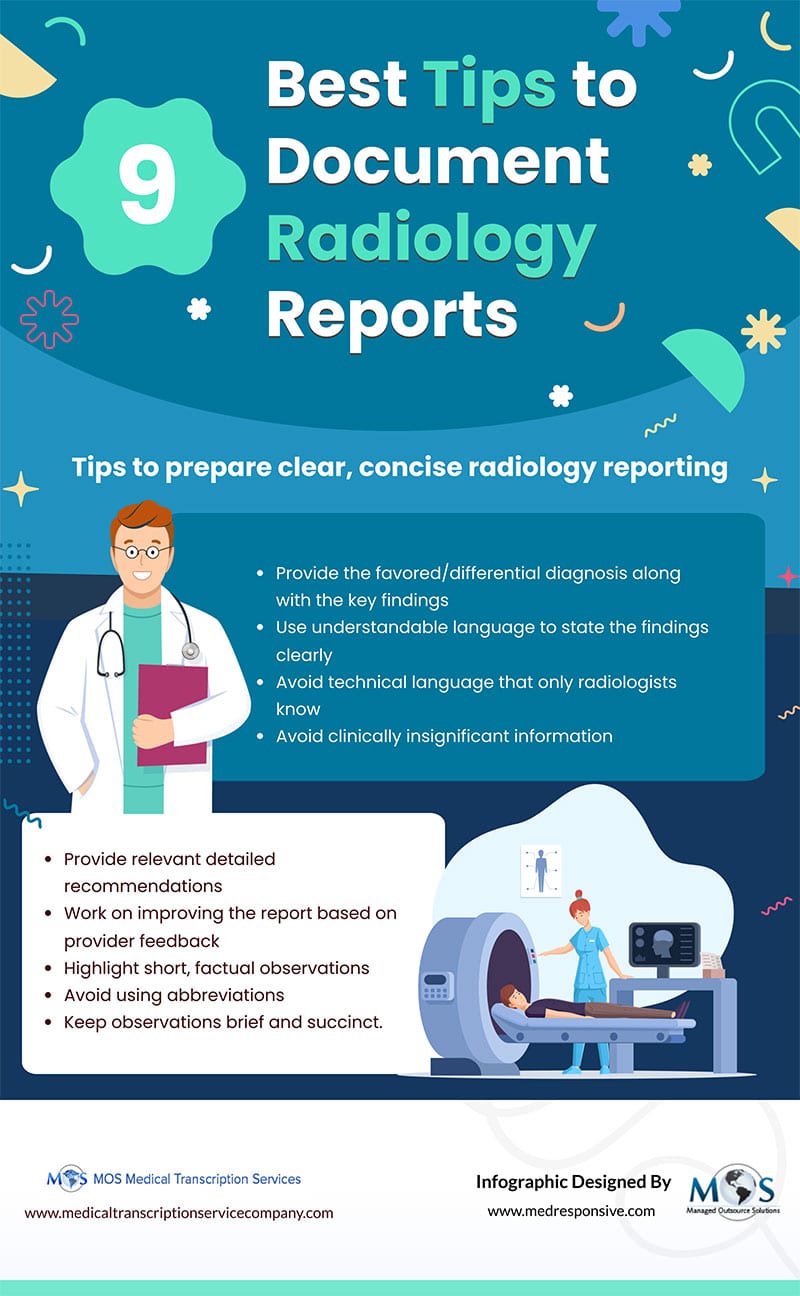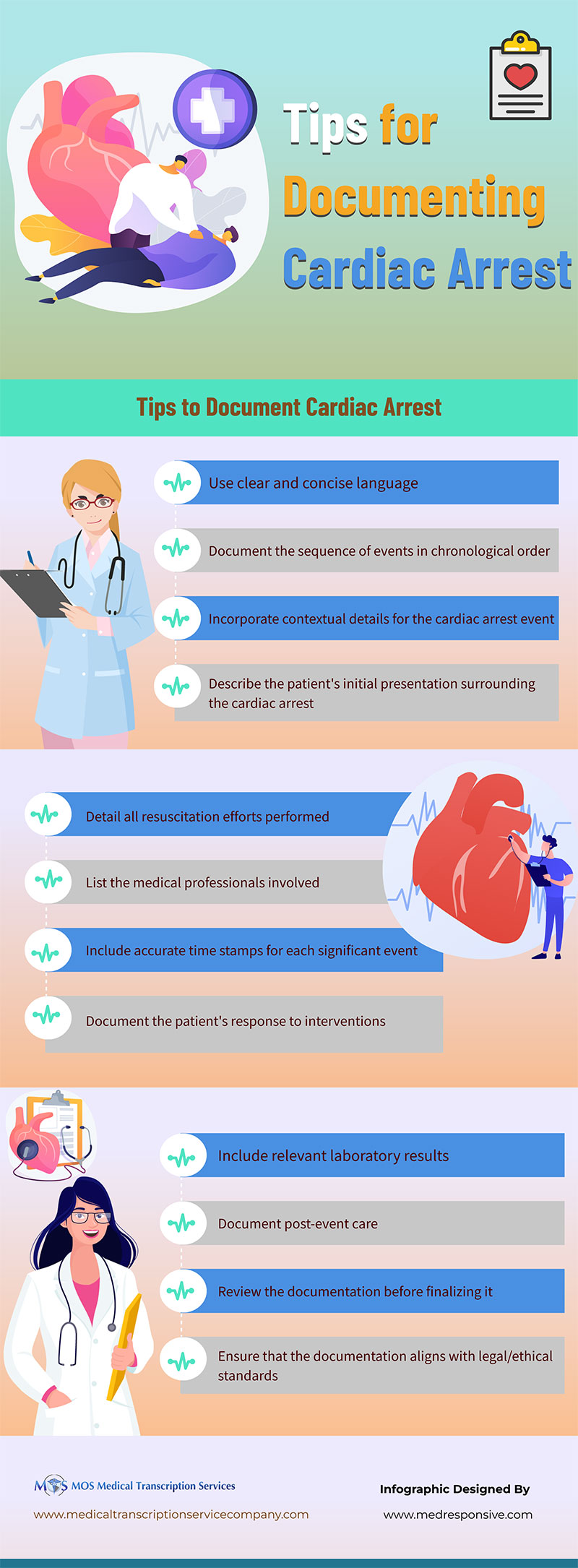To generate accurate radiology reports, most practices are now considering radiology transcription services from reliable companies. Radiology reports mostly include chronic incidental findings, the diagnosis or differential diagnosis, the clinical implications of radiologic findings, and any chronic findings that need additional workup or surgical intervention, along with recommendations for management. Accurate, error-free reports help physicians to provide quality patient care. With medical transcription outsourcing, skilled transcriptionists also review and edit the transcribed reports generated by speech recognition apps. The radiology report is an important document that helps guide patient care and becomes part of the patient’s permanent clinical record.
Often, radiology reports contain different types of errors such as – typographical errors, serious omissions such as missing tumors and lesions, misinterpretations, and inconsistencies in report formatting and language. A good radiology report will include many details such as patient demographics (patient name, number, date of exam, type of exam), indication for study or clinical history, technique used (study type and modality), description of pertinent findings (positive and negative findings), radiographic diagnosis, timed and dated electronic signature and more. Radiologists need to avoid errors and include all necessary details to ensure that the radiology report is reliable and accurate. Well-crafted, optimized radiology reports facilitate proper communication among specialist care teams. Experts also emphasize that patients’ understanding should always be taken into consideration when documenting radiology reports.
Check out the infographic below

Read our blog on How To Document A Good Radiology Report
![Radiology Transcription Challenges Practices Face [INFOGRAPHIC]](https://www.medicaltranscriptionservicecompany.com/wp-content/uploads/2024/05/radiology-transcription-challenges-practices-face.webp)

![Medical Record Documentation Requirements For Podiatry [INFOGRAPHIC]](https://www.medicaltranscriptionservicecompany.com/wp-content/uploads/2023/05/medical-record-documentation-requirements-for-podiatry.jpg)